The First Five Differences I Noticed After Upgrading to the Peloton Bike+
The machines are pretty similar, but a few differences popped out when I switched.

We may earn a commission from links on this page.
I've been an avid rider of my regular Peloton Bike for four years now and never really considered upgrading to the Bike+ because of the cost and because I wasn't quite sure whether it would have features that made it significantly better than what I already had. To my surprise, when I began testing the Bike+ to review, there were a few tweaks and features that jumped out to me right away. It'll take me some more time riding and exploring the machine before I write my final comparison and review, but these are the surprising differences I noticed immediately.
The Bike+ has better sound quality
One of the first major differences I noticed was in the sound output. To be clear, I've never had any issue with the sound that comes out of my Bike, whether I'm following along with the verbal cues in a class or playing a music-focused game of Lanebreak. Still, you don't know what you're missing until you experience something different, which is what happened here. The speakers on the regular Bike are rear-facing and use 16 watts of power while the ones on the Bike+ are back- and front-facing and use 26 watts, and they have woofers. In general, this makes for a more immersive audio experience.
The volume buttons on the Bike+ are easier to reach
Both the Bike and Bike+ have volume buttons on the side of the touchscreen, and you can reach up with your right hand to adjust them pretty easily. The volume buttons on the Bike are a little farther back behind the screen; I have to feel around for them. The buttons on the Bike+ are right at the screen's edge and are larger, so I was able to access them more easily.
The Bike+ feels a little bigger
Overall, these both take up roughly the same amount of space in your home: The Bike footprint is 59" by 23" and the Bike+ footprint is 59" by 22". Both require a ceiling clearance height of eight feet. The Bike weighs around 135 pounds and the Bike+ weighs about 140 pounds. Their size is so similar that I didn't feel any difference when riding.
And yet, the Bike+ felt bigger somehow. I couldn't initially figure out why, but then I realize it was because it is a little sleeker and more sophisticated-looking. The logo on the side is written in raised silver decals that look sharper compared to the flat, white "Peloton" branding on the Bike, which also includes a red Peloton icon logo. The knobs used to change settings like seat height and distance from the screen are also much more unobtrusive than on the Bike (more on this in a moment), which makes the experience of riding feel a little roomier. On my Bike, I regularly bang my leg into the knob that controls how high or low my seat is, which makes me feel cramped. Not a problem on the Bike+, which has a more compact, hidden knob.
The screen on the Bike+ is also bigger. On the Bike, the screen is 21.5" across; on the Bike+ it's 23.8". This might seem like a small difference, but it's actually pretty noticeable; the screen felt a lot more expansive.
The Bike+ screen is just better overall
I knew before my Bike+ arrived that the screen was going to be bigger, but I didn't know what a difference it would make for my experience. I also knew that the screen on the Bike+ rotates, while the Bike screen doesn't. (The Bike screen can tilt up and down, however.) Because I have my Peloton app linked up to my Roku, I don't really feel the need to spin the screen around so I can follow along with meditation, stretching, yoga, or strength classes, but I do appreciate that it's possible.
I also found the Bike+ screen was just a tad more responsive and fast. I wouldn't go so far as to say my Bike screen lags or causes me any issues, but it is four years old and that's sort of the nature of aging tech. I don't mind the response speed on my Bike at all, but I did notice it was slower than what I experienced with the Bike+. But the specs on the screens are largely the same—1080 p, HD—so I don't know that I'd classify this as an upgrade the Bike+ has over the Bike. Over time, it's likely the Bike+'s screen could slow down, just like mine apparently did without me noticing.
The settings are different
I have a hard time moving my seat up and down on my Bike. The telescopic pole sticks, and the handle I have to loosen to adjust it also sticks and is hard to maneuver. Moving the seat on the Bike back and forth on the horizontal plane is also a major feat for me. I have not even attempted it since the day I got the machine, although as a spin teacher, I know how crucial perfect bike setup actually is. Still, the long, cumbersome, stubborn handle on my Bike is hard to turn and the seat is almost impossible to slide back and forth along its track.
This is not true on the Bike+. Turning the knob and moving the seat up and down were a breeze because the tracks were clear and the handle was small and easy to turn. I was able to fiddle with them until I had them just right. None of the knobs stick out very far on the Bike+, so you never bang your legs on them or get your pants stuck in them. It was easy to move the screen up and down, too. In the picture below, the Bike+ is on the left and the Bike is on the right. Notice how much smaller and simpler the knobs on the Bike+ are. Also notice that the weight holsters on the Bike are made of wire, and on the Bike+, they're made of plastic. I do find it a little tricky to yank my weights out of the wire cage, but it's not a major issue for me. Still, the more accessible, open-faced plastic holders are a nice touch.

Again, could my trouble adjusting my bike settings have less to do with the superiority of the Bike+ than the age and maintenance of my Bike? Absolutely! With some WD40, I am sure I could make the physical adjustment knobs on my Bike work better. But I will say I've always struggled with this, ever since the day I got my Bike in 2021, so I do think this is an advantage the Bike+ has. I'm grateful for it, too: I had the Bike+ delivered to my boyfriend's house so we could test features like taking classes together (and because I barely have enough space for one Peloton, let alone two, in my apartment). He's a whole foot taller than I am, so his bike adjustments are much different than mine. The ease of customizing seat height, screen height, and seat closeness on the Bike+ makes it more ideal for households with multiple riders.
Thoughts on the immediate differences in the Bike and Bike+
Like I said, I'm going to continue testing the Bike+ before I form a formal opinion on whether it's worth the additional $1,000 or so compared to the Bike and little differences like more accessible volume control and easier seat adjustments may not add up to that conclusion. What I can say right now is that these differences were immediately apparent to me as someone who has spent years on the regular Bike, and if you're looking to upgrade, they could be deciding factors. I particularly appreciate the bigger, faster screen and the simple adjustment knobs.
If you are thinking of upgrading from an existing Bike, consider selling it on Peloton's own resale website, which will get you cash plus a few hundred dollars off your future Peloton purchase. You can also sell a Bike or any other brand of at-home fitness equipment on other online marketplaces, like TradeMyStuff, if you need to get cash and free up some space before considering the Bike+.








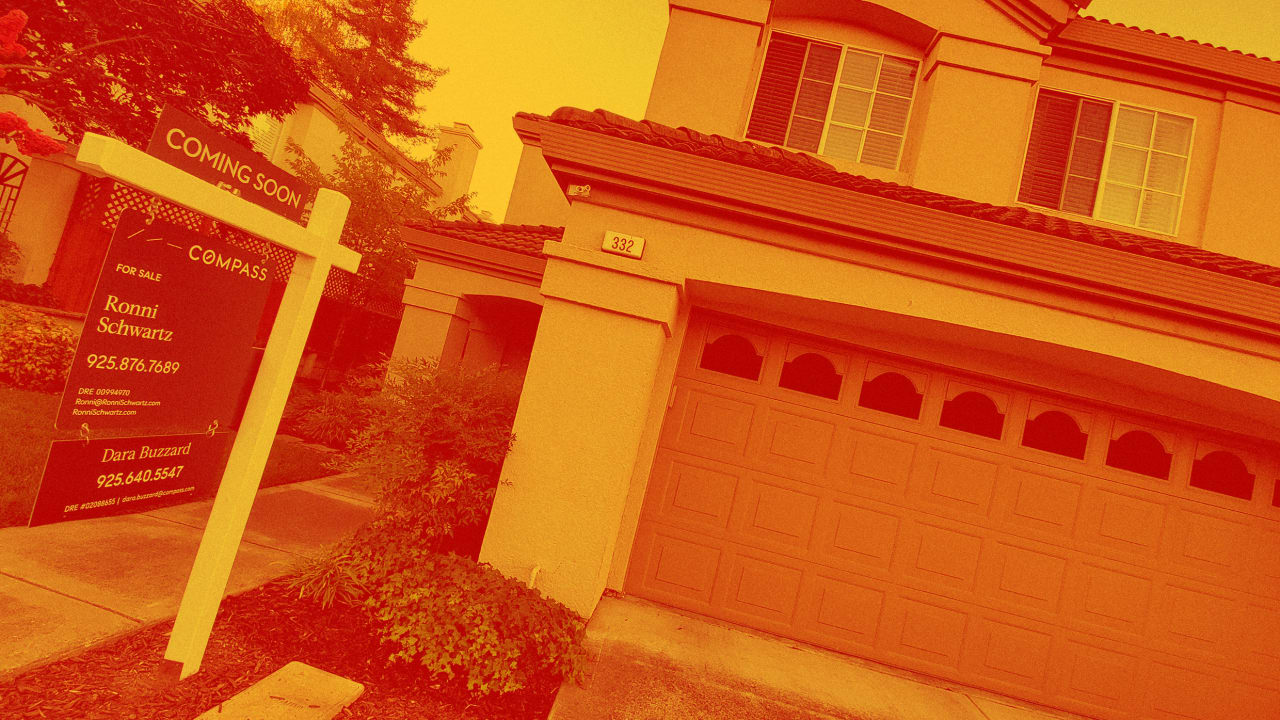























































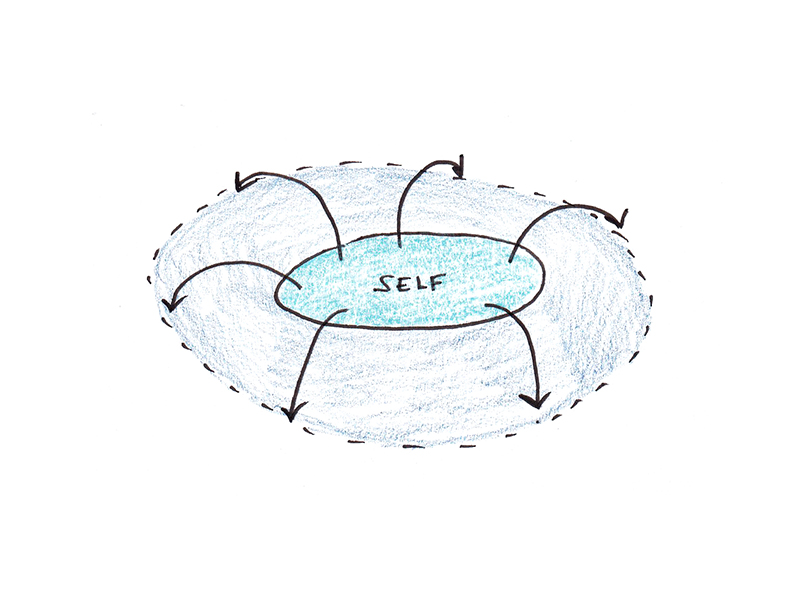

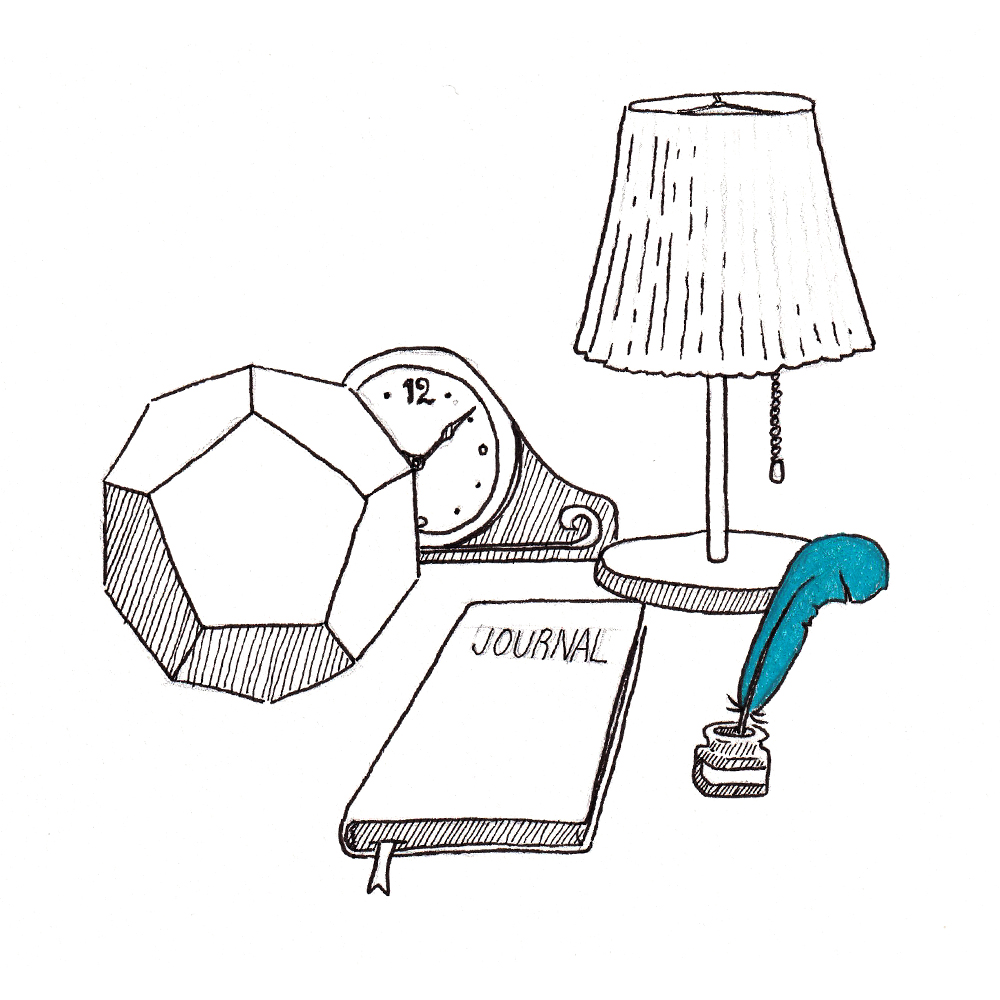



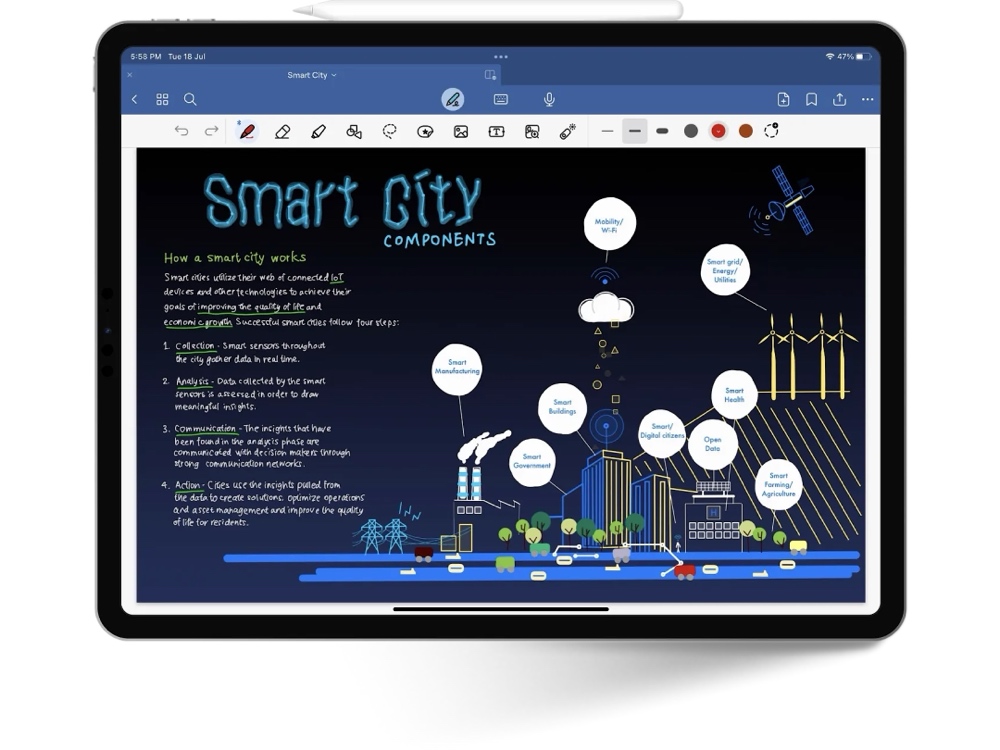






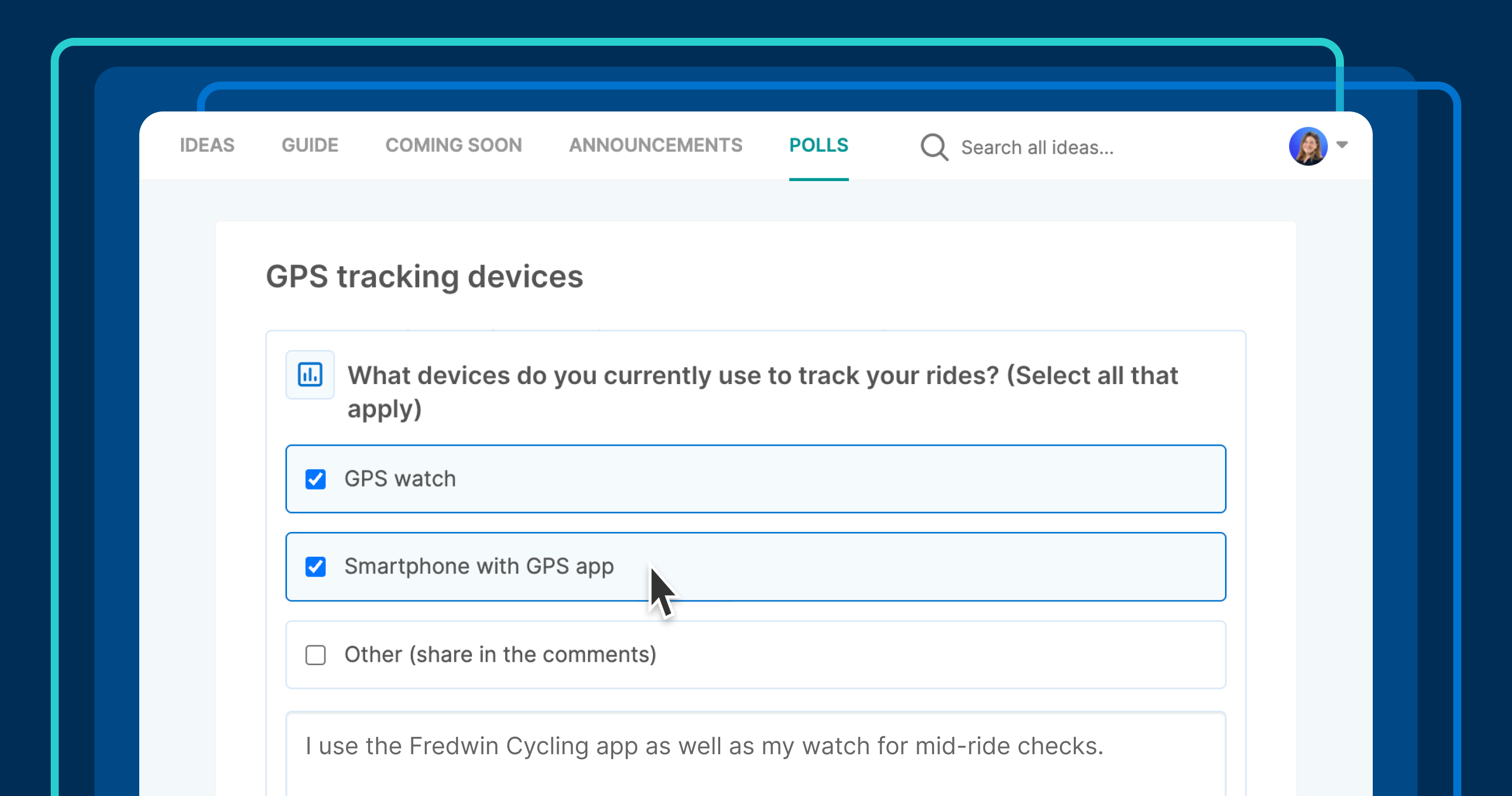




















![Building A Digital PR Strategy: 10 Essential Steps for Beginners [With Examples]](https://buzzsumo.com/wp-content/uploads/2023/09/Building-A-Digital-PR-Strategy-10-Essential-Steps-for-Beginners-With-Examples-bblog-masthead.jpg)

















































